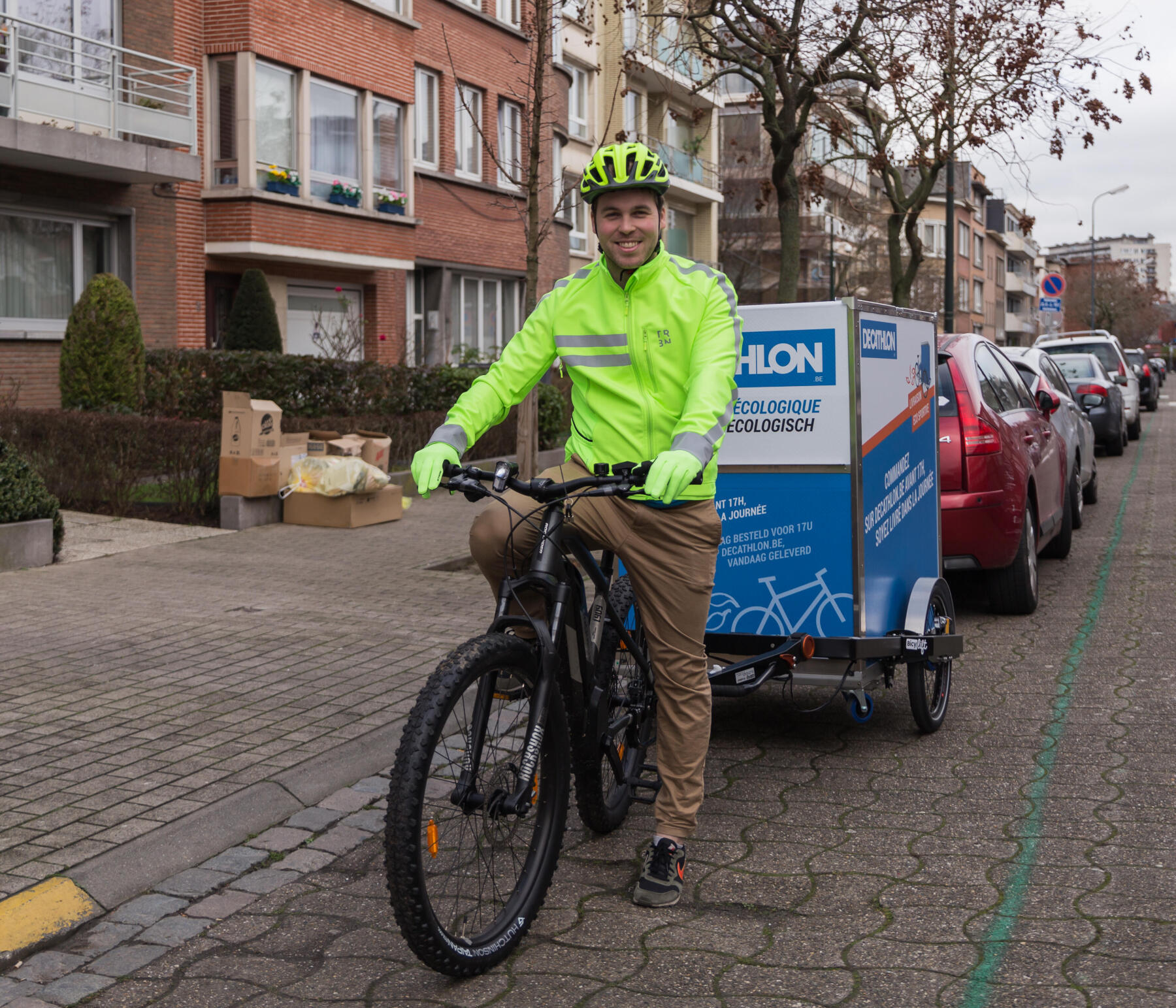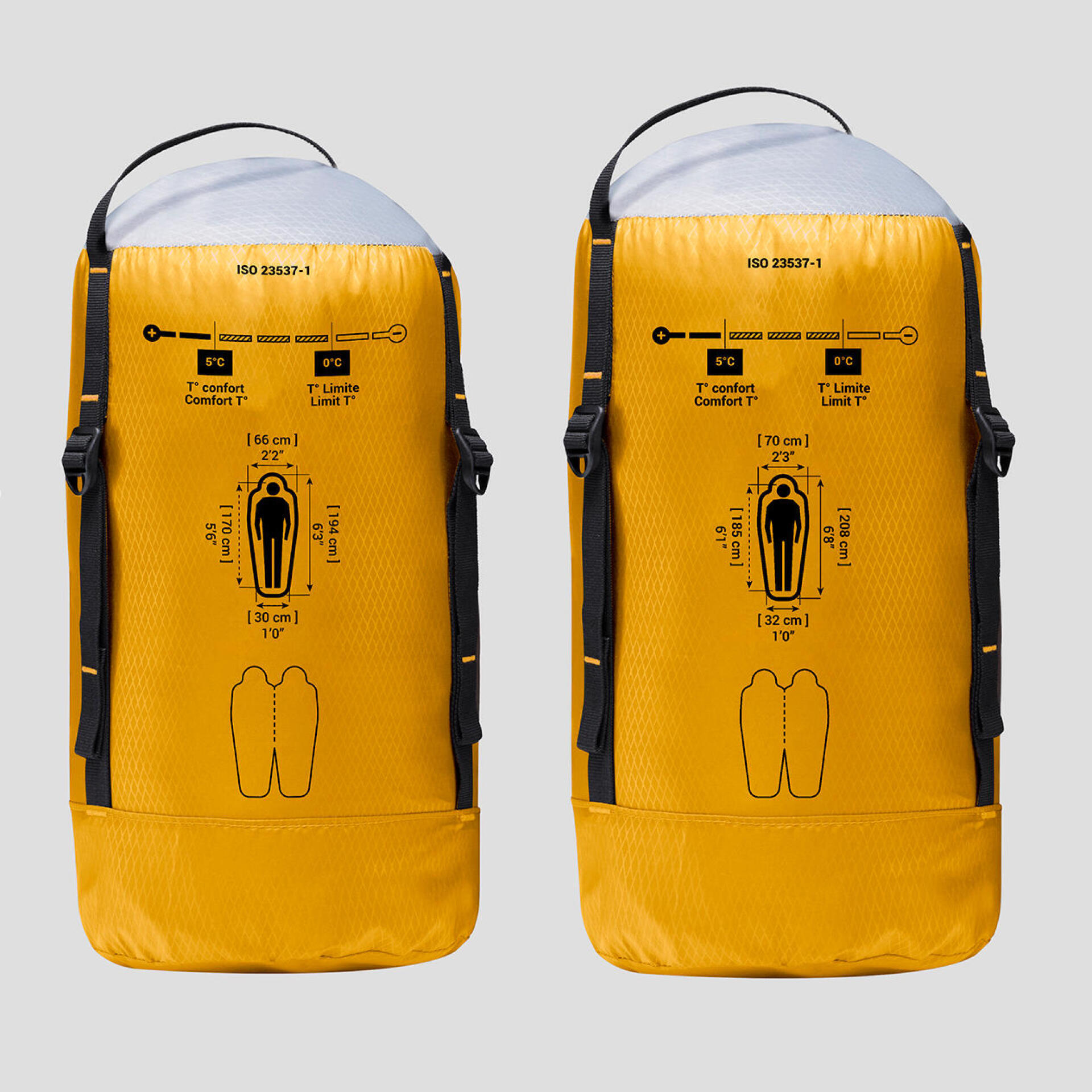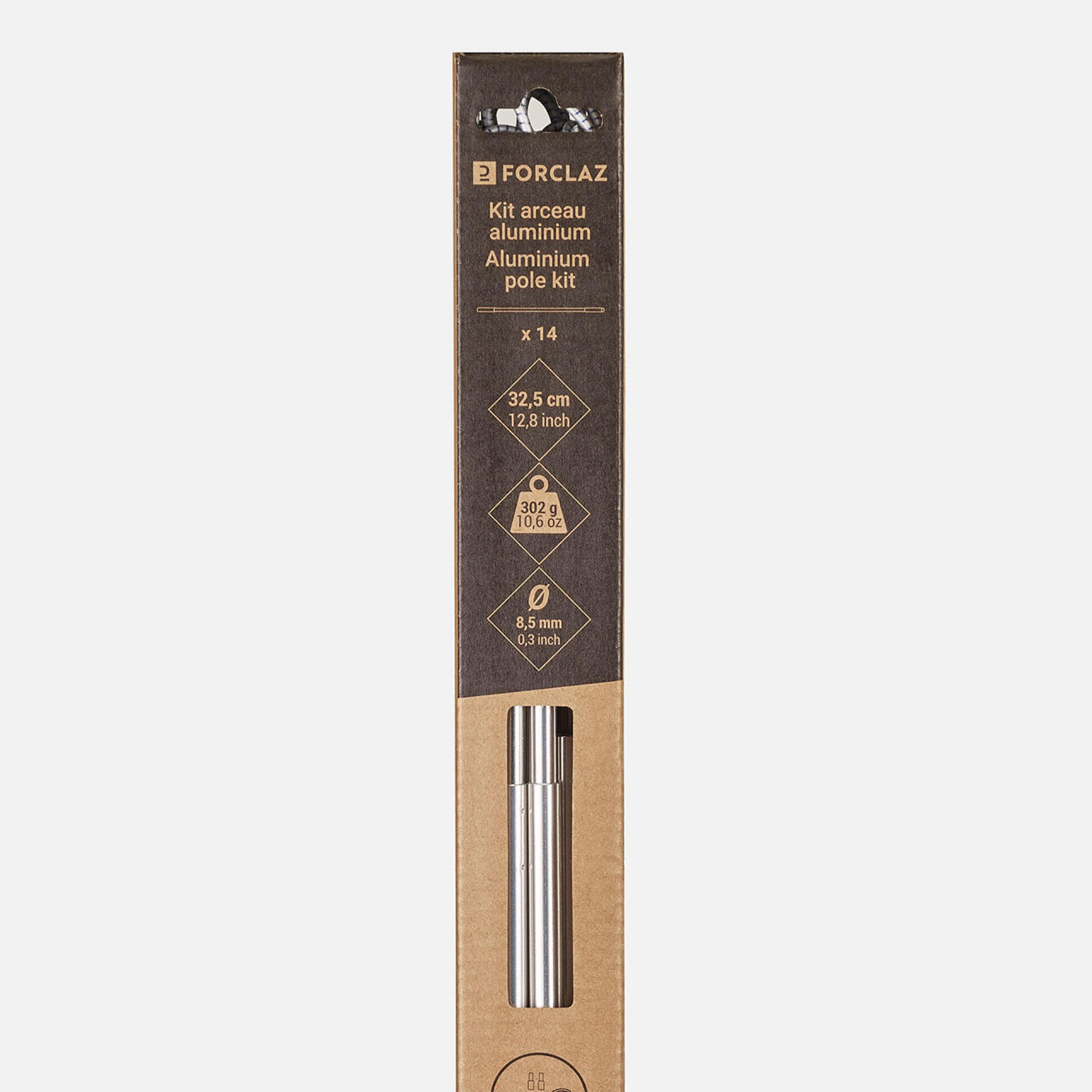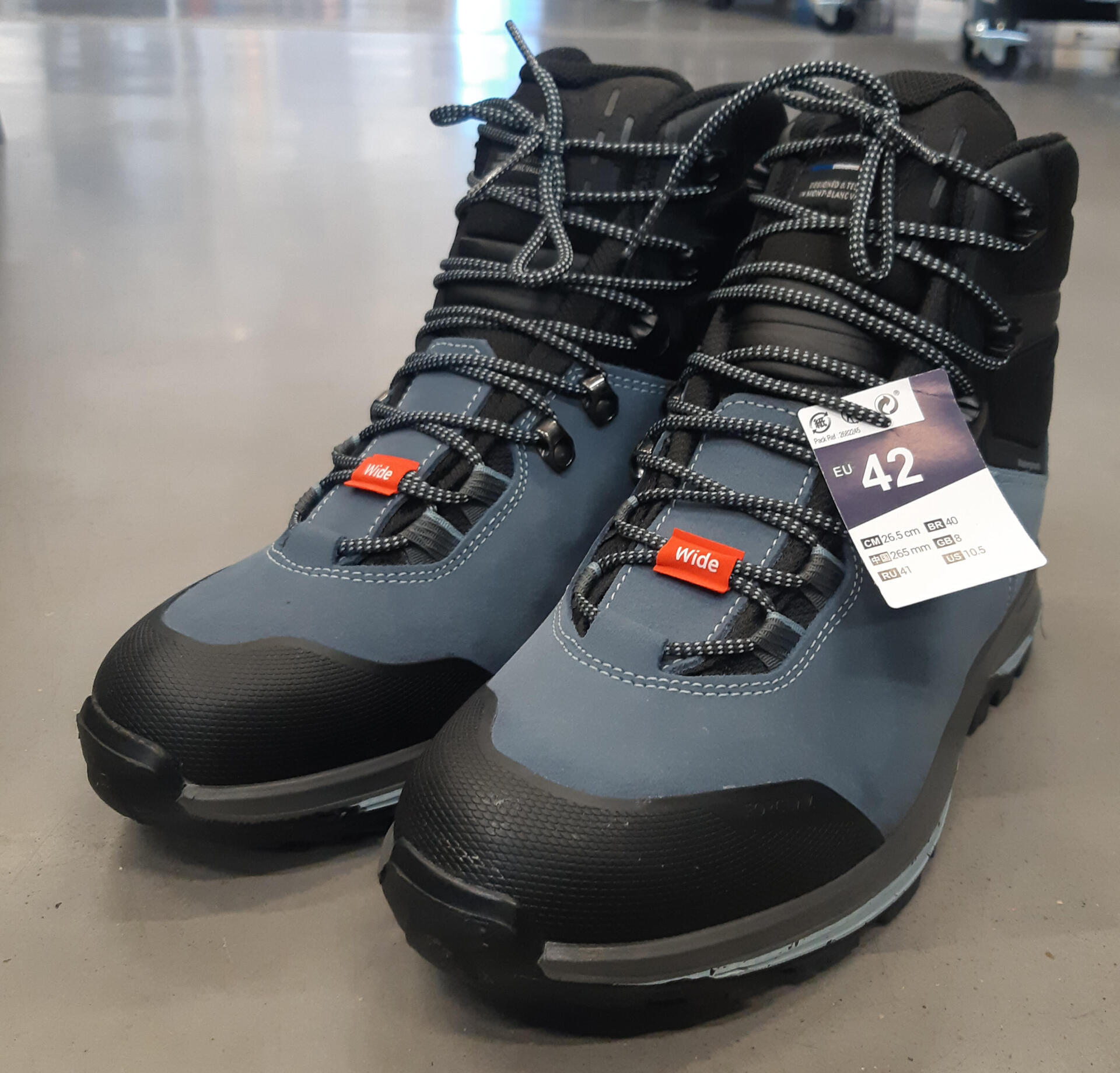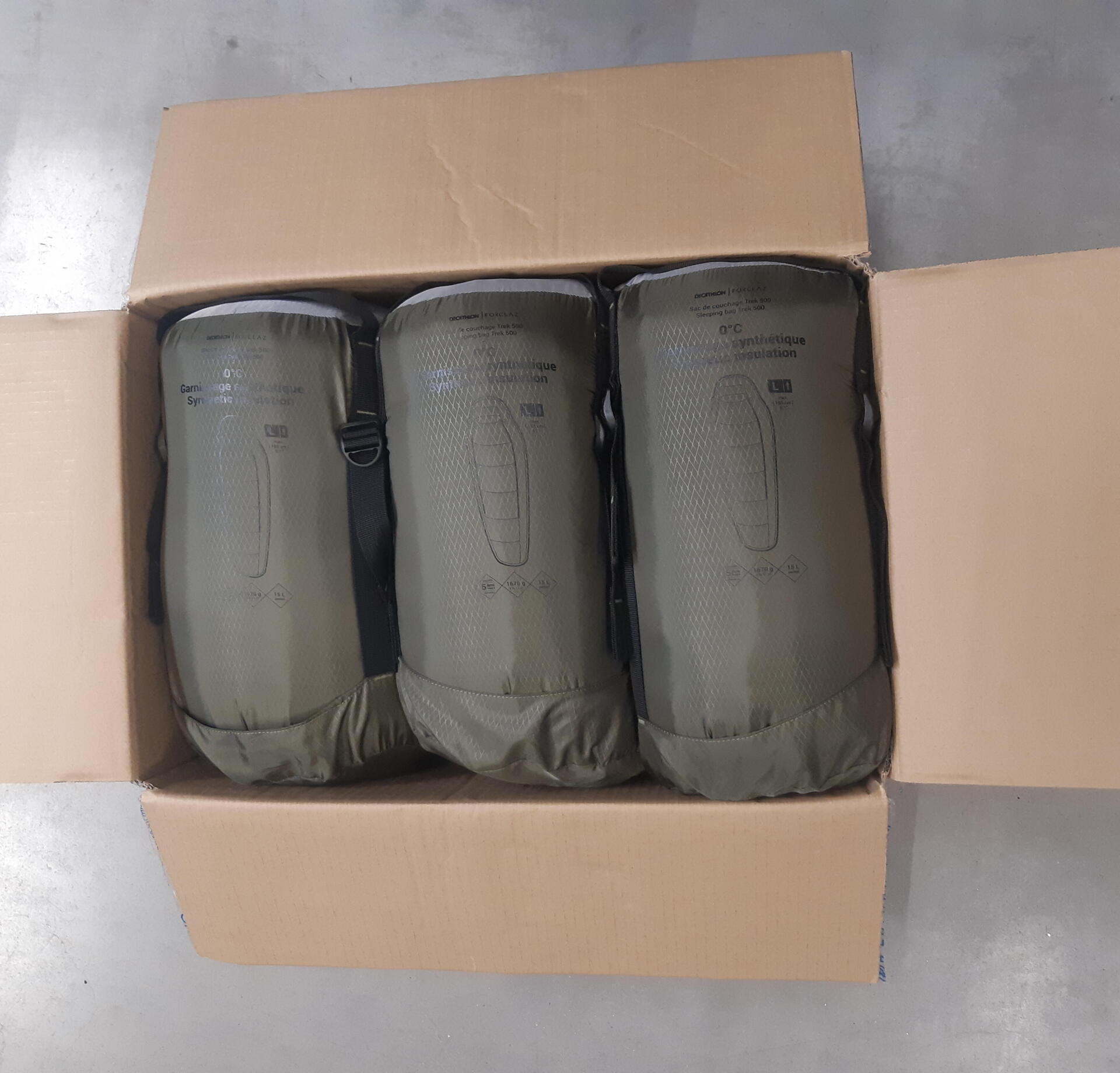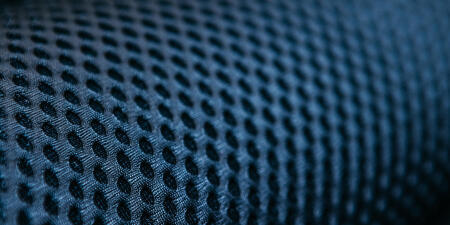>> Less empty space for greater efficiency
Currently, our production area is mainly concentrated in Asia, although the share of production in Europe is constantly increasing.
In order to supply our various markets, the products pass through several warehouses where they are then distributed to our various shops. There are currently 73 Decathlon warehouses around the world.
Decathlon has full control over each stage of its logistics chain, which makes it possible to take precise action to optimise the filling of transport trucks and storage spaces. For example, at Decathlon, the transport managers impose a volume of products on the carriers in order to ensure the efficiency of each journey and thus limit the total number of kilometres travelled because each journey emits CO2.

